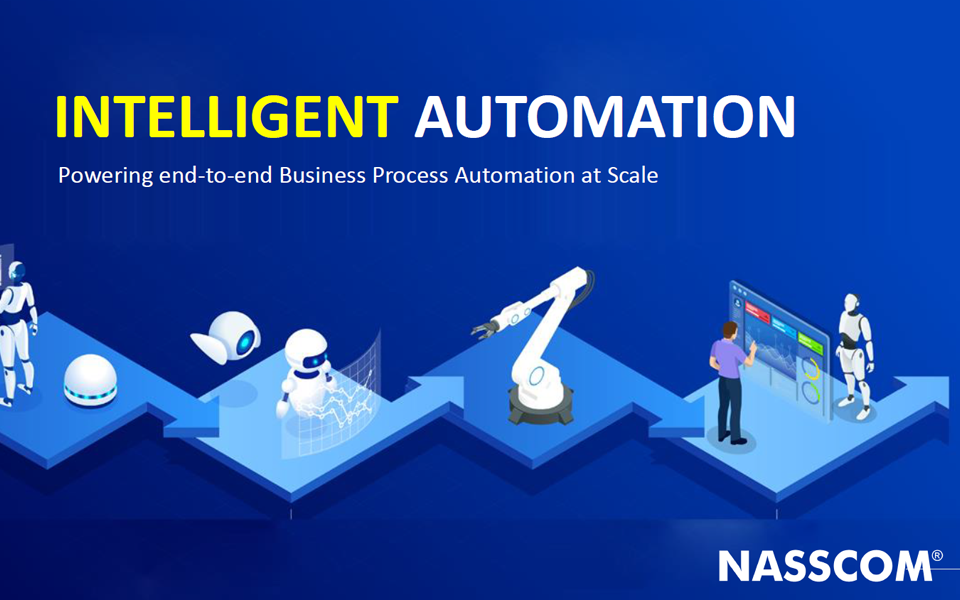In the wake of the pandemic, businesses have realized that simply automating individual tasks or functions is not sufficient for thriving in an increasingly digital world. Enterprises are inundated with vast amounts of data, much of which is unstructured and can become an overwhelming challenge if not managed properly. To truly harness the power of this data, organizations must apply intelligent techniques that not only predict outcomes and recognize patterns but also automate customer service, analyze diverse media formats like text, images, and voice, and ultimately hyper-personalize customer offerings.
Automation technologies, particularly those leveraging Machine Learning (ML), Computer Vision, and Natural Language Processing (NLP), offer the potential to revolutionize operational efficiencies. They can address pressing cost challenges, foster collaboration between physical and digital workforces, and expedite digital transformation initiatives. However, implementing such technologies in small to medium-sized businesses (SMBs) requires a systematic approach to ensure successful integration into existing workflows.
To begin with, SMB leaders should first identify the specific areas within their organizations that could benefit from automation. This could range from customer service interactions, where chatbots powered by NLP could handle routine inquiries, to more complex tasks such as data analysis or inventory management, where ML algorithms can forecast demand and optimize stock levels. By pinpointing these areas, businesses can create a roadmap for their automation strategy.
Once potential opportunities for automation have been identified, the next step involves selecting the right tools. Platforms such as Make (formerly Integromat) and Zapier offer user-friendly interfaces for integrating various applications without the need for extensive coding knowledge. These tools support an array of workflows; for example, integrating a customer relationship management (CRM) system with email marketing software can allow for the seamless transfer of data and streamline communication efforts.
After selecting the appropriate platform, the implementation stage begins. Start with small pilot projects to test automation tools in real-world scenarios. For instance, you might automate the process of sending a welcome email to new customers using Zapier. This could involve setting up a trigger based on new lead entries in your CRM, which would then automatically send a predefined email. Monitoring the performance of these pilot automations will provide valuable insights before scaling them up.
As automation processes become more complex, it is essential to ensure ongoing collaboration between technology and human employees. The goal is not to replace the workforce but to augment it. This requires training and upskilling employees to work alongside these automation tools, enabling them to focus on higher-value tasks that require emotional intelligence and critical thinking.
Risk management is another critical element to consider when implementing automation. While the benefits are considerable, the deployment of intelligent technologies comes with challenges, including data security and privacy concerns. Businesses must prioritize compliance with regulations such as GDPR and invest in robust cybersecurity measures. Additionally, keep an eye on the potential risks of relying too heavily on automation; unexpected failures can disrupt operations, so consider having backup processes in place.
The return on investment (ROI) of automation can be significant. By streamlining processes, reducing manual errors, and enhancing customer satisfaction, SMBs can see improvements in both operational efficiency and revenue generation. Measuring ROI should involve tracking key performance indicators (KPIs) such as the reduction in time spent on manual tasks, improvements in customer response times, and, ultimately, the impact on sales figures.
In conclusion, the pathway to successful automation begins with clearly defined goals and a structured approach. SMB leaders must understand their unique needs, choose the right tools, and implement pilot projects with a focus on integrating their workforce with technology. This thoughtful execution not only mitigates risk but also lays the foundation for a more agile and responsive enterprise.
FlowMind AI Insight: Embracing automation with intelligent tools can transform the way SMBs operate, enabling them to thrive in a data-driven world. By understanding and navigating the opportunities and risks associated with automation, business leaders can unlock new efficiencies and drive sustainable growth.
Original article: Read here
2025-08-20 21:06:00

